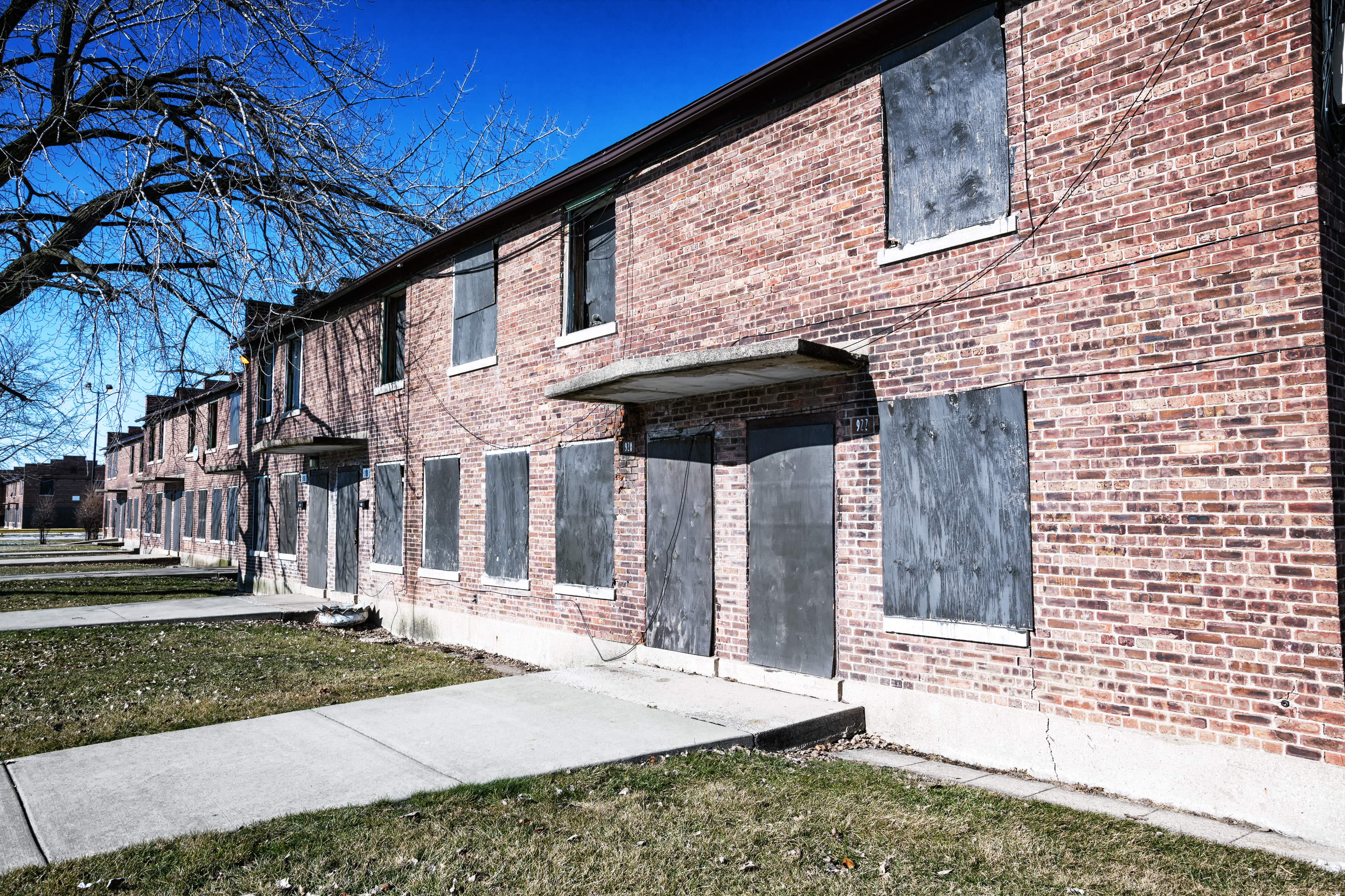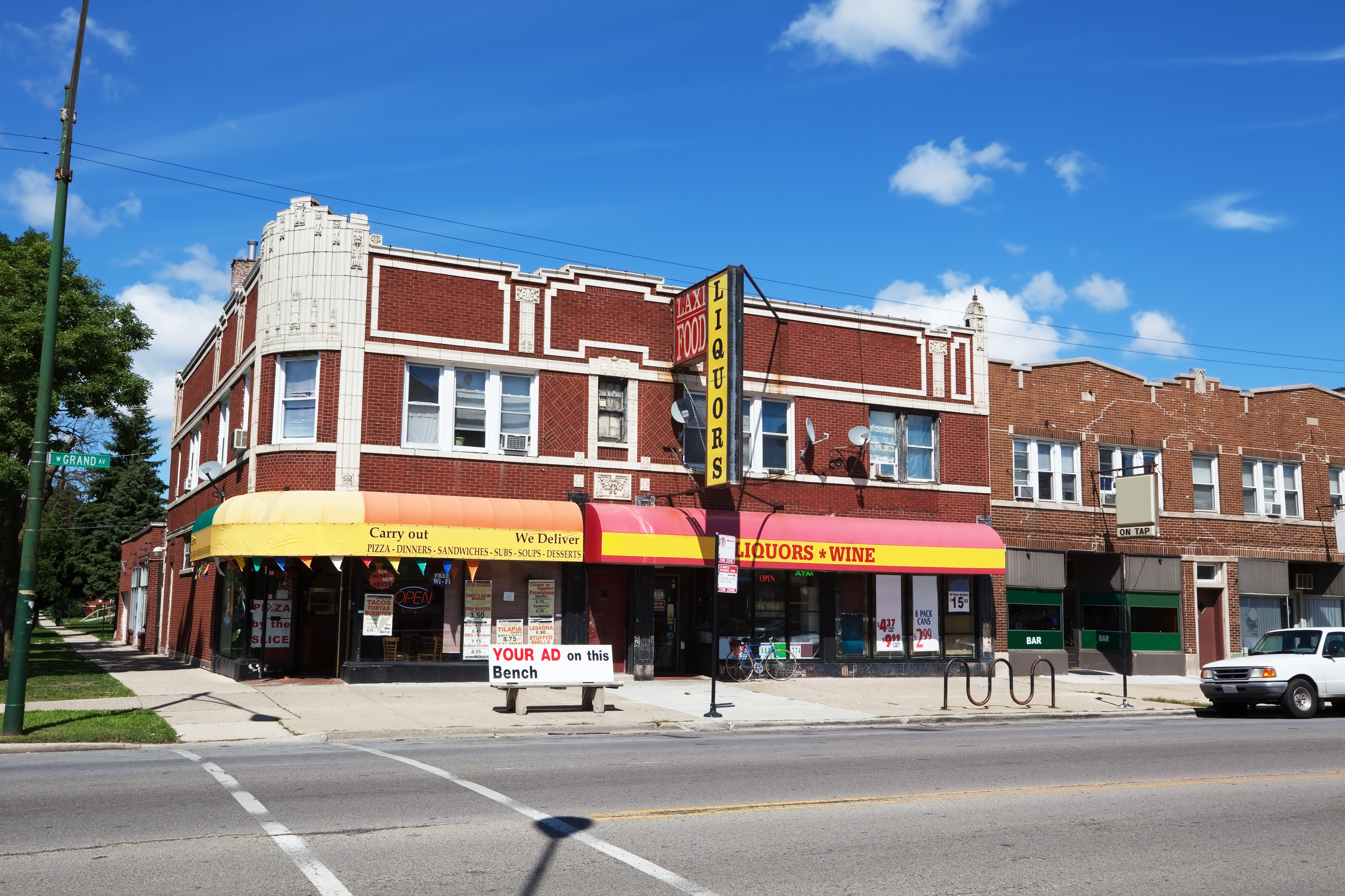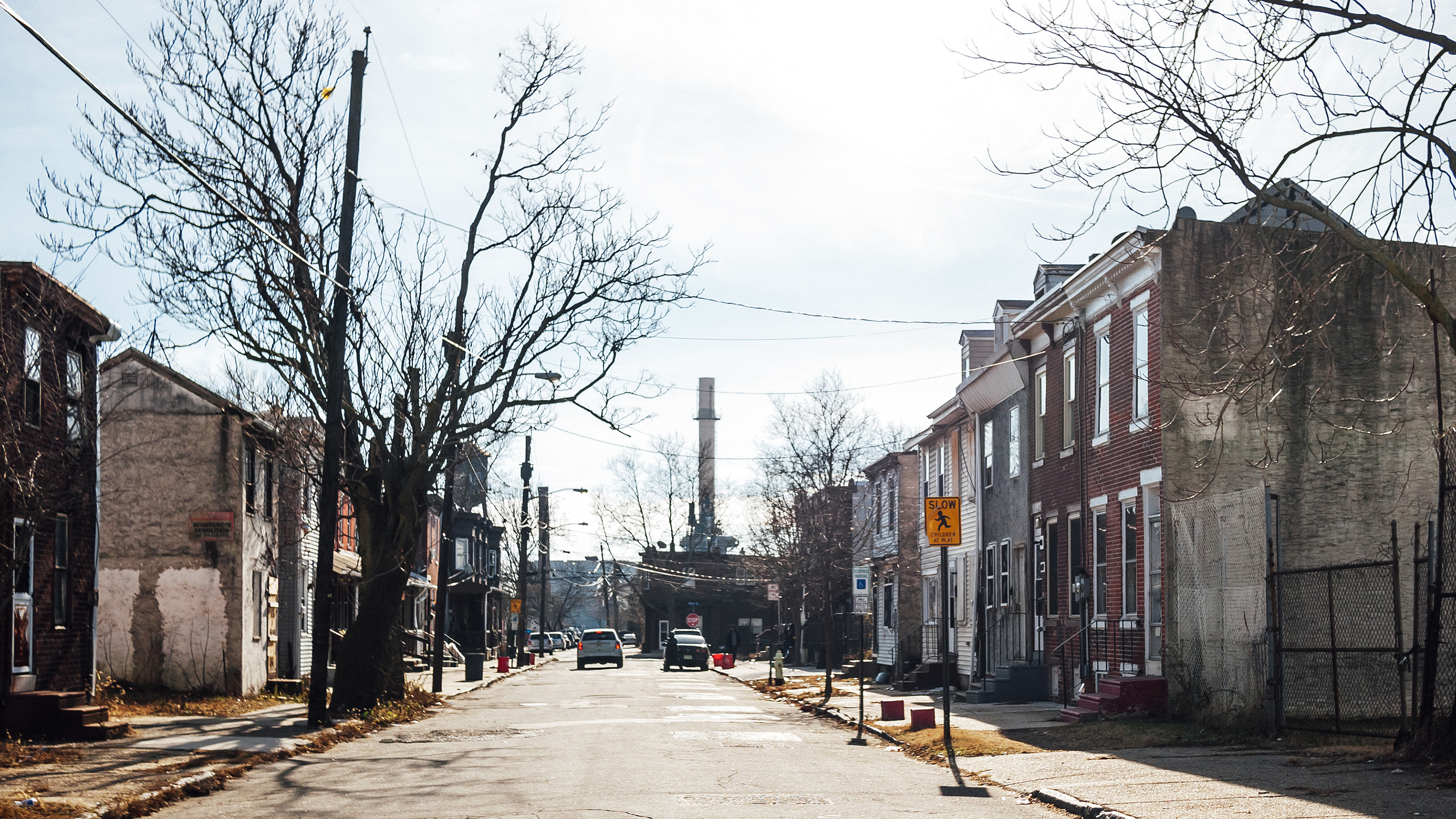SEPTEMBER 25, 2017 | Tiffany High

Home is where the heart is—and also where the “health” is. Where we live has a tremendous impact on our overall health and well-being. Since the news of Flint’s Water Crisis went viral, the nation has been on heightened alert for potential environmental hazards in a way they had never been before—and with good cause! There have been well-documented threats to lower income, predominantly non-white neighborhoods across the country. In addition to lead, these populations are disproportionately exposed to air pollution, landfills and other toxic sites. Even climate change brings an additional threat. As we’ve seen in the aftermath of the 1000-year flood event following Hurricane Harvey, vulnerable communities in close proximity to toxic sites become even more vulnerable to the toxic runoff polluting flood waters. Environmental factors aside, what other neighborhood dynamics can affect our ability to achieve and maintain good health?
Housing
Where we live has an effect on our health, even at the most basic level. Our actual homes themselves can be harmful. Of the estimated 135 million homes in America, nearly 30 million of them have serious health and safety hazards. Areas of concentrated poverty are particularly affected. Substandard housing is associated with several adverse health outcomes including: respiratory infections, asthma, lead poisoning, and mental health issues. Exposure to peeling lead paint, pest infestation, structural issues, signs of neglect such as water leaks (and the resulting mold), and lack of insulation from the elements (extreme heat and cold) can be detrimental.
The especially cruel piece is that many of these conditions can hinder efforts to get out of poverty. Lead poisoning is associated with cognitive delays and challenges, affecting academic performance and workplace ability, thus limiting the possibility of upward mobility. Respiratory issues are often ongoing and costly—in terms of both medical costs and lost productivity. Stress, depression and anxiety are frequent by-products of living in low-income areas and can be debilitating and similarly disruptive to academics and careers.

“Food Deserts” vs. “Food Swamps”
A “food desert” refers to the concept that residents of low income, urban areas lack access to grocery stores and other purveyors of fresh, healthy food. However, this issue has many layers. A healthy diet is inextricably linked to overall health benefits, so improving eating habits should be crucial factor in improving health. Yet recent years have seen new initiatives and community actions taken to address these deficiencies without much of a payoff in terms of improved health. People need to eat healthy…and now they have access to healthy food. So what is the issue?
Part of the problem lies with the proliferation of “food swamps” (an inundation of low quality, fast food options) and the related advertising saturation, further complicating nutrition decisions. It usually plays right into the psyche of a person residing in the middle of a food swamp. For example, if I leave work at 5:00pm on the bus and make multiple stops to pick up my child from daycare before grabbing dinner, do you think I’d rather lug grocery bags along that route (with food that still needs to be prepared once I arrive home an hour later) or just pick up a meal from KFC that will feed my whole family for $20 (because I saw a billboard on my way home that said as much)?
In addition to lifestyle factors that make these food choices a matter of convenience (and price!) over nutrition, a health education component is necessary to help shift perceptions and habits once healthy foods actually become available. You can’t just drop a Whole Foods in the middle of a low-income area and say, “Mission accomplished!” Subsidies and programs are also necessary to ensure affordability.

Built Environment
It is generally accepted that exercise helps control weight, combats cardiovascular disease, improves mood, and extends life expectancy, among other benefits. Unfortunately, neighborhoods themselves can be an obstacle in remedying the ills they may be inadvertently causing. Sometimes, the geography of an area is not favorable to pedestrian traffic and safety concerns prohibit outdoor activity. There may simply be no acceptable public spaces for walking, biking, or jogging. According to the Department of Health and Human Services, only about one in five Americans lives within a half mile of a park, fitness or recreation center. And if they are available, graffiti, litter and disrepair may make them unattractive. Sometimes, crime and neighborhood violence is also a factor.
Our neighborhoods and built environments shape our lives. More than just a choice between apartments, condominiums and single-family homes, neighborhoods are so crucial to overall health that an individual may end up living a 20 year shorter life than someone residing just a few miles away. We don’t have control over much else so, at the very least, home should be a safe haven from the threats of the outside world. We can clearly see the consequences when that is not the case.
But say, for instance, that these neighborhoods are magically transformed into havens of safe, clean housing, an abundance of healthy foods, walkable streets, and unpolluted air. It would be like giving crutches to a runner with a broken leg. Sure, it helps…because now he can walk. But he still can’t run, and is therefore not even a contender in the race. The social determinants of health are all interrelated and possess equal capability to shape lives for better or worse. Although neighborhood changes are crucial, they must also occur in succession with other movements toward health equity.



Best ever content